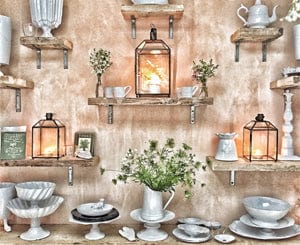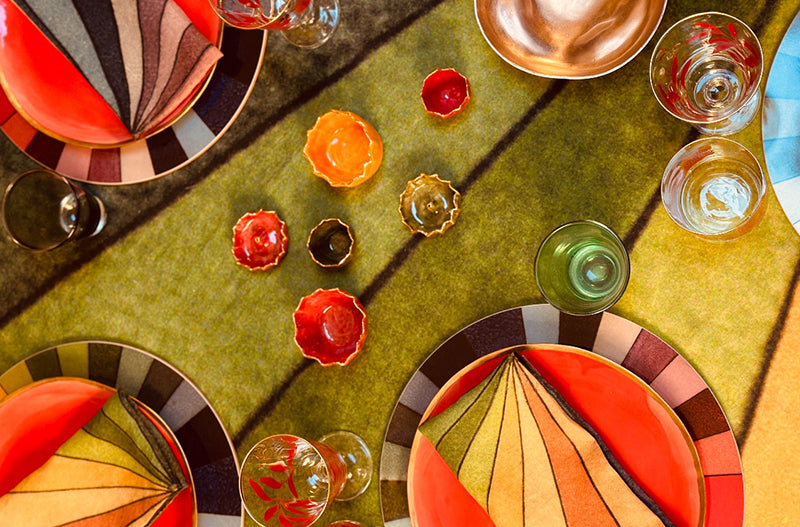Meanderings
Celebrate with Les Airelles
/ 30 November, 2025Merriment & Mistletoe
/ 29 November, 2025A Picture Perfect Thanksgiving
/ 25 November, 2025
Why We Love Linen
Linen preserves ecological biodiversity.
Flax helps to diversify ecosystems, offering a welcome break to intensive agriculture. Go past a field of flax and you will notice it is alive with wildlife, helping promote biodiversity and soil regeneration.
Linen is grown in Europe.
Flax thrives in the temperate climates of Western Europe and requires few fertilisers or pesticides to produce. As impressive as it might sound, flax often comes close to the organic standard without even trying. This compares to cotton, which is one of the most chemically intensive crops on the planet.
Linen is one of the strongest natural fibres.
Linen has been used for centuries to make everything from clothes to bed linen, even armour. It is one of the toughest fabrics, meaning it will last for years.
Linen is moth resistant.
Nobody wants tablecloths that are full of moth holes. With linen, a major pro is that linen is moth resistant. Not only is this an advantage to you, it also means your tablecloths and napkins last longer, helping you get even more use out of them.
Linen will only get softer.
The more linen is washed, the softer it becomes. This is an incredible advantage of linen - they actually get better with time!
Linen = No waste.
A key reason why linen is a sustainable fabric is because the entire flax plant can be woven into a fibre, which means that almost no waste is left over from the spinning and weaving process.
Linen is biodegradable.
Yes, linen is 100% biodegradable and recyclable.
Linen lowers your carbon footprint.
Fun fact about linen - one hectare of flax can take 3.7 tonnes of CO2 out of the atmosphere. That means from all the linen grown in Europe, around 250,000 tonnes of CO2 is removed each year! This is the same as driving the average car over 560,000,000 miles!














